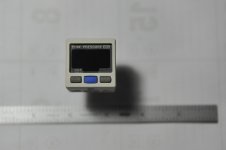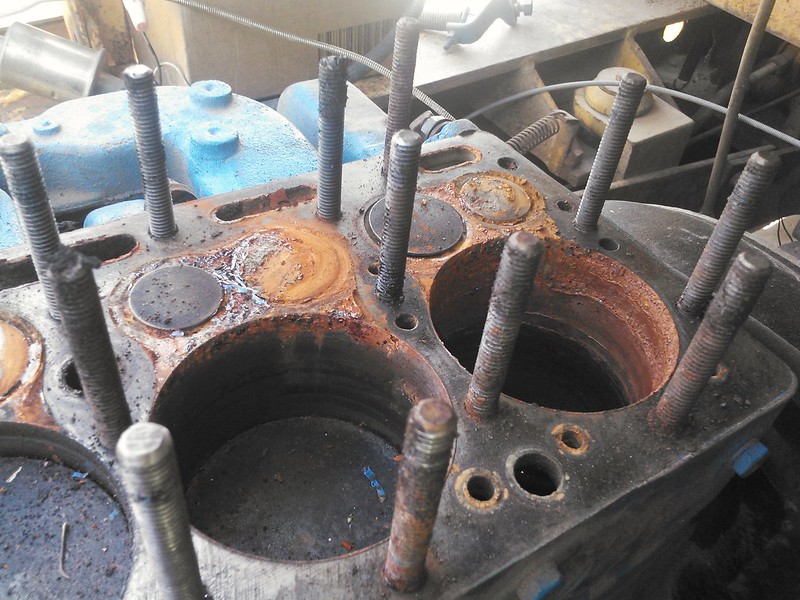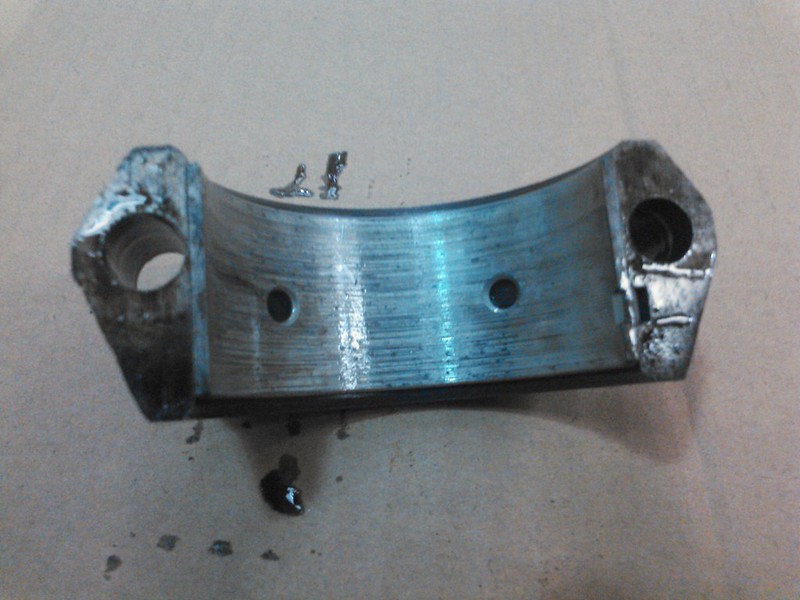Bobw
Diamond
- Joined
- Feb 8, 2005
- Location
- Hatch, NM Chile capital of the WORLD
Been bugging me for years. The compressor in the shop would kick on, the pressure would come up through the range
really quickly, and then that last 10psi seemed to take forever to build... Up to 140psi or so... I was wondering
how much $$$ that was costing a month..
Had a little compressor problem lately and had to go to the backup, another one going to 140... Turned around and
bought a backup to the backup, this one cycles from about 80 to 110psi... My electric bill has dropped like a rock,
not a rock, but consistant $60 a month. $438 and $441 vs $501 and $496 the months prior to that.
I now know that I can get away with a much lower pressure, the machines are all happy, it doesn't cycle often, and its just
a little guy.. Problem being, sucks when using a grinder or attempting to use the sand blaster. The die grinder, even
at full pressure just doesn't have the *OOOMPH* that it does at a higher pressure.
I'm doing some re-configuring of the big compressor (new motor and plumbing) and I'm thinking 2 pressure switches. One for the normal
daily stuff, cycling 85 to 110 or so, and then a second pressure switch for 115 to 140 or so for when I got the air tools or
sand blaster going.
Should be easy enough to wire and plumb.. Does this sound like a good idea? Any suggestions on how to go about it?
Are there any new fancy gadgets that will do what I want without Mickey Mousing around with multiple pressure switches?
I'm just looking to see if my idea has any merit, and to see if anybody has any alternate ideas or opinions.
really quickly, and then that last 10psi seemed to take forever to build... Up to 140psi or so... I was wondering
how much $$$ that was costing a month..
Had a little compressor problem lately and had to go to the backup, another one going to 140... Turned around and
bought a backup to the backup, this one cycles from about 80 to 110psi... My electric bill has dropped like a rock,
not a rock, but consistant $60 a month. $438 and $441 vs $501 and $496 the months prior to that.
I now know that I can get away with a much lower pressure, the machines are all happy, it doesn't cycle often, and its just
a little guy.. Problem being, sucks when using a grinder or attempting to use the sand blaster. The die grinder, even
at full pressure just doesn't have the *OOOMPH* that it does at a higher pressure.
I'm doing some re-configuring of the big compressor (new motor and plumbing) and I'm thinking 2 pressure switches. One for the normal
daily stuff, cycling 85 to 110 or so, and then a second pressure switch for 115 to 140 or so for when I got the air tools or
sand blaster going.
Should be easy enough to wire and plumb.. Does this sound like a good idea? Any suggestions on how to go about it?
Are there any new fancy gadgets that will do what I want without Mickey Mousing around with multiple pressure switches?
I'm just looking to see if my idea has any merit, and to see if anybody has any alternate ideas or opinions.






